
HISTORY OF
MICROPROCESSORS
Gursharan Singh Tatla
mailme@gursharansingh.in
www.eazynotes.com
1

C
ONTENTS
➢
Introduction
➢
4-Bit Microprocessors
➢
8-Bit Microprocessors
➢
16-Bit Microprocessors
➢
32-Bit Microprocessors
➢
64-Bit Microprocessors
2
Gursharan Singh Tatla
mailme@gursharansingh.in
www.eazynotes.co
m

I
NTRODUCTION
➢
Fairchild Semiconductors (founded in 1957)
invented the first IC in 1959.
➢
In 1968, Robert Noyce, Gordan Moore,
Andrew Grove resigned from Fairchild
Semiconductors.
➢
They founded their own company Intel
(Integrated Electronics).
➢
Intel grown from 3 man start-up in 1968 to
industrial giant by 1981.
➢
It had 20,000 employees and $188 million
revenue.
3
Gursharan Singh Tatla
mailme@gursharansingh.in
www.eazynotes.co
m

4-
BIT
M
ICROPROCESSORS
4
Gursharan Singh Tatla
mailme@gursharansingh.in
www.eazynotes.co
m
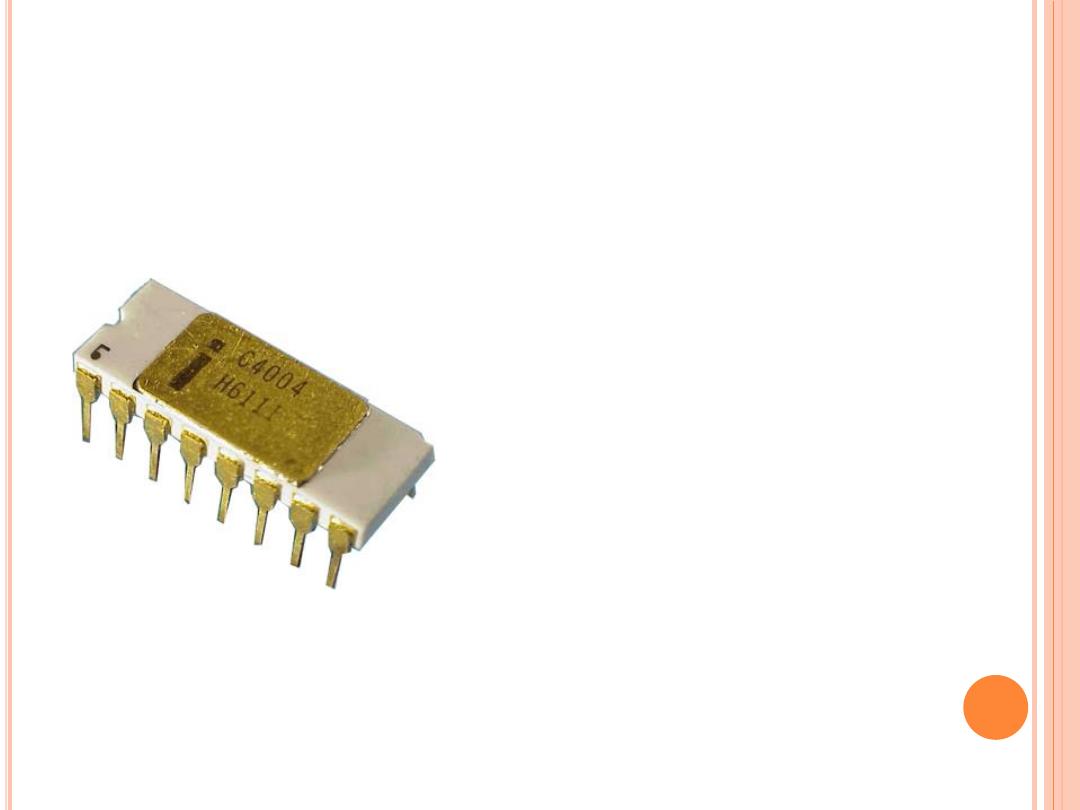
I
NTEL
4004
➢
Introduced in 1971.
➢
It was the first
microprocessor by Intel.
➢
It was a 4-bit µP.
➢
Its clock speed was
740KHz.
➢
It had 2,300 transistors.
➢
It could execute around
60,000 instructions per
second.
5
www.eazynotes.co
m
Gursharan Singh Tatla
mailme@gursharansingh.in
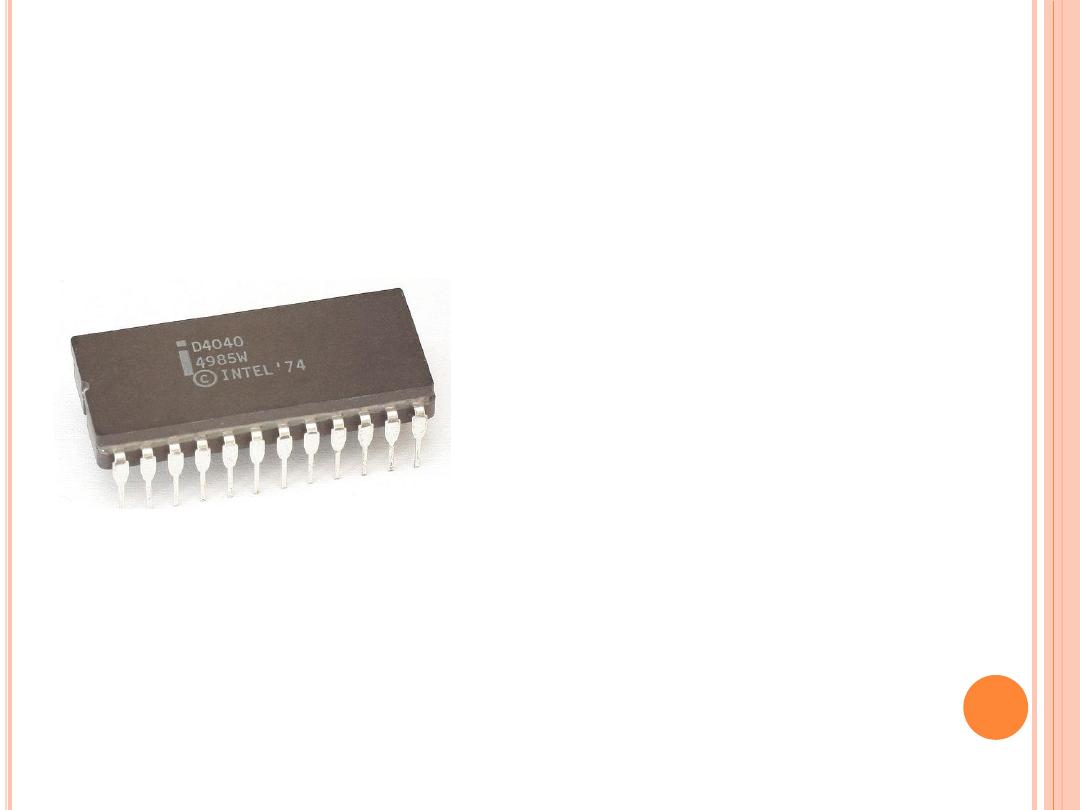
I
NTEL
4040
➢
Introduced in 1974.
➢
It was also 4-bit µP.
6
www.eazynotes.co
m
Gursharan Singh Tatla
mailme@gursharansingh.in

8-
BIT
M
ICROPROCESSORS
7
Gursharan Singh Tatla
mailme@gursharansingh.in
www.eazynotes.co
m
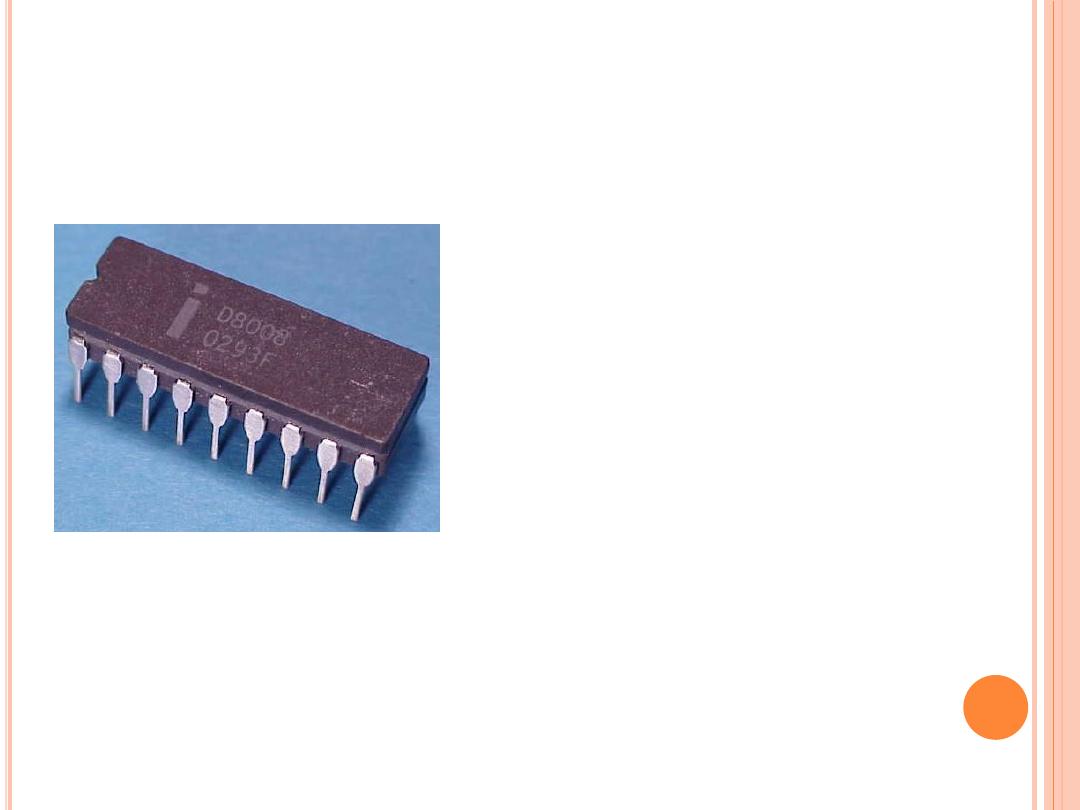
I
NTEL
8008
➢
Introduced in 1972.
➢
It was first 8-bit µP.
➢
Its clock speed was 500
KHz.
➢
Could execute 50,000
instructions per second.
8
www.eazynotes.co
m
Gursharan Singh Tatla
mailme@gursharansingh.in
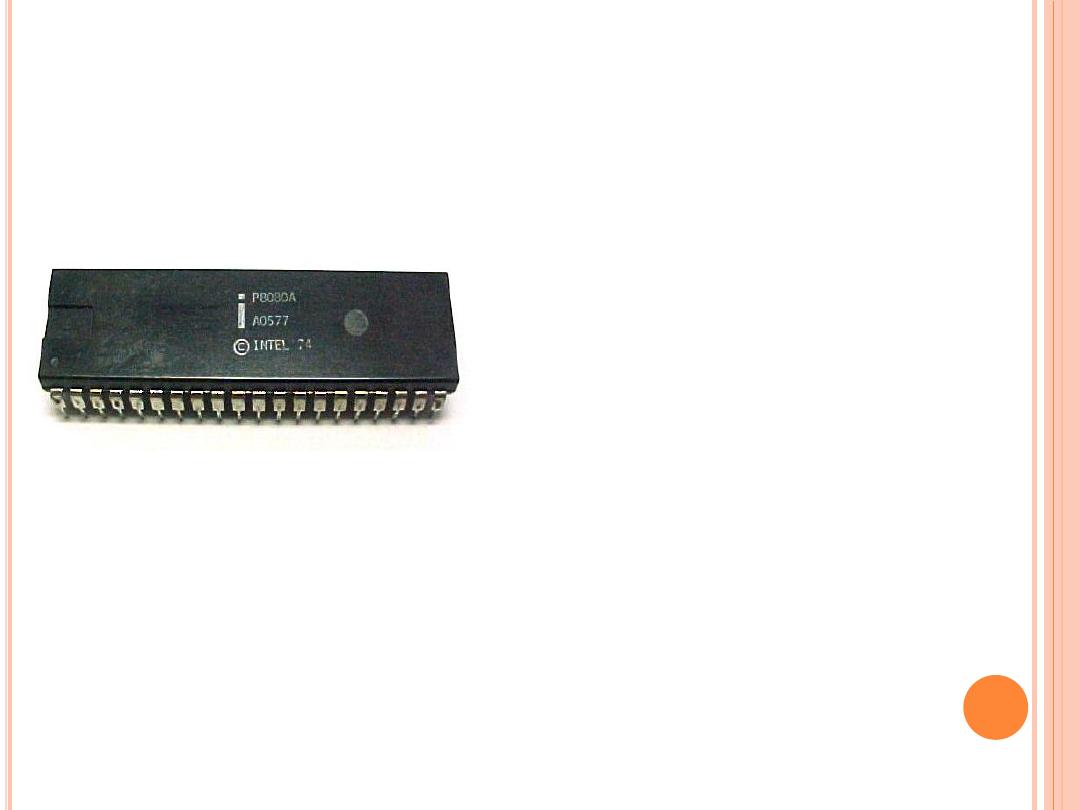
I
NTEL
8080
➢
Introduced in 1974.
➢
It was also 8-bit µP.
➢
Its clock speed was 2
MHz.
➢
It had 6,000 transistors.
➢
Was 10 times faster
than 8008.
➢
Could execute 5,00,000
instructions per second.
9
www.eazynotes.co
m
Gursharan Singh Tatla
mailme@gursharansingh.in
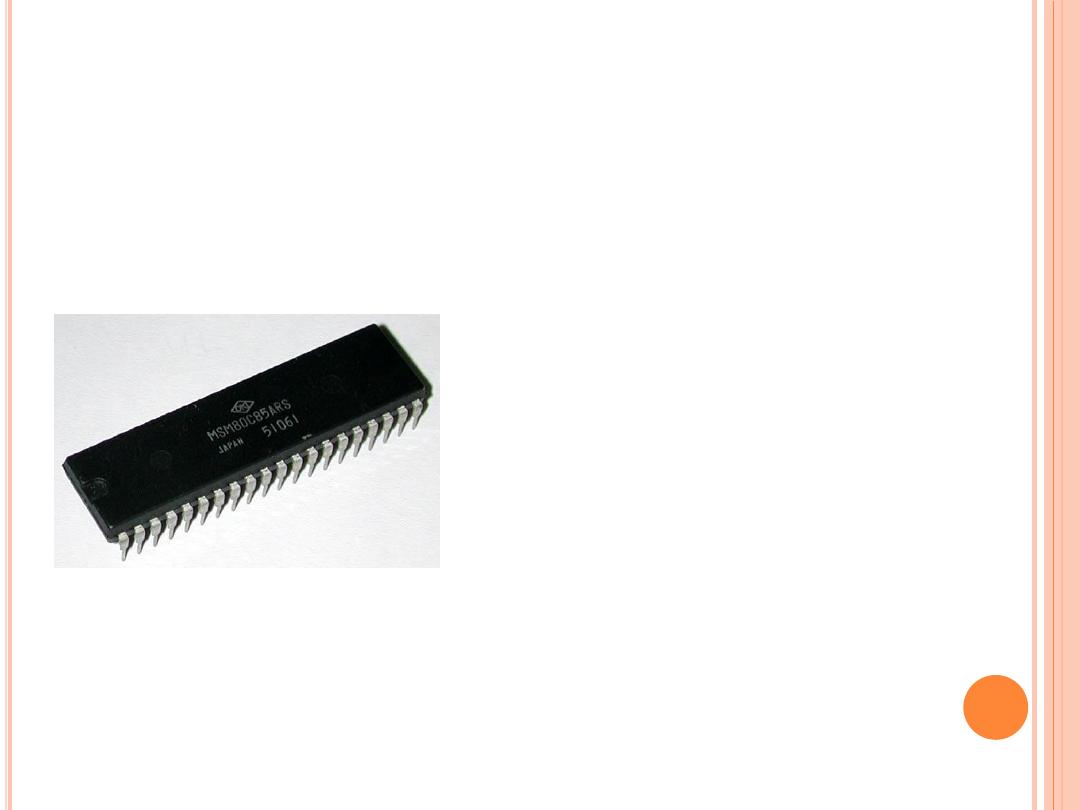
I
NTEL
8085
➢
Introduced in 1976.
➢
It was also 8-bit µP.
➢
Its clock speed was 3 MHz.
➢
Its data bus is 8-bit and
address bus is 16-bit.
➢
It had 6,500 transistors.
➢
Could execute 7,69,230
instructions per second.
➢
It could access 64 KB of
memory.
➢
It had 246 instructions.
➢
Over 100 million copies
were sold.
10
www.eazynotes.co
m
Gursharan Singh Tatla
mailme@gursharansingh.in

16-
BIT
M
ICROPROCESSORS
11
Gursharan Singh Tatla
mailme@gursharansingh.in
www.eazynotes.co
m

I
NTEL
8086
➢
Introduced in 1978.
➢
It was first 16-bit µP.
➢
Its clock speed is 4.77 MHz, 8
MHz and 10 MHz, depending
on the version.
➢
Its data bus is 16-bit and
address bus is 20-bit.
➢
It had 29,000 transistors.
➢
Could execute 2.5 million
instructions per second.
➢
It could access 1 MB of
memory.
➢
It had 22,000 instructions.
➢
It had Multiply and Divide
instructions.
12
www.eazynotes.co
m
Gursharan Singh Tatla
mailme@gursharansingh.in
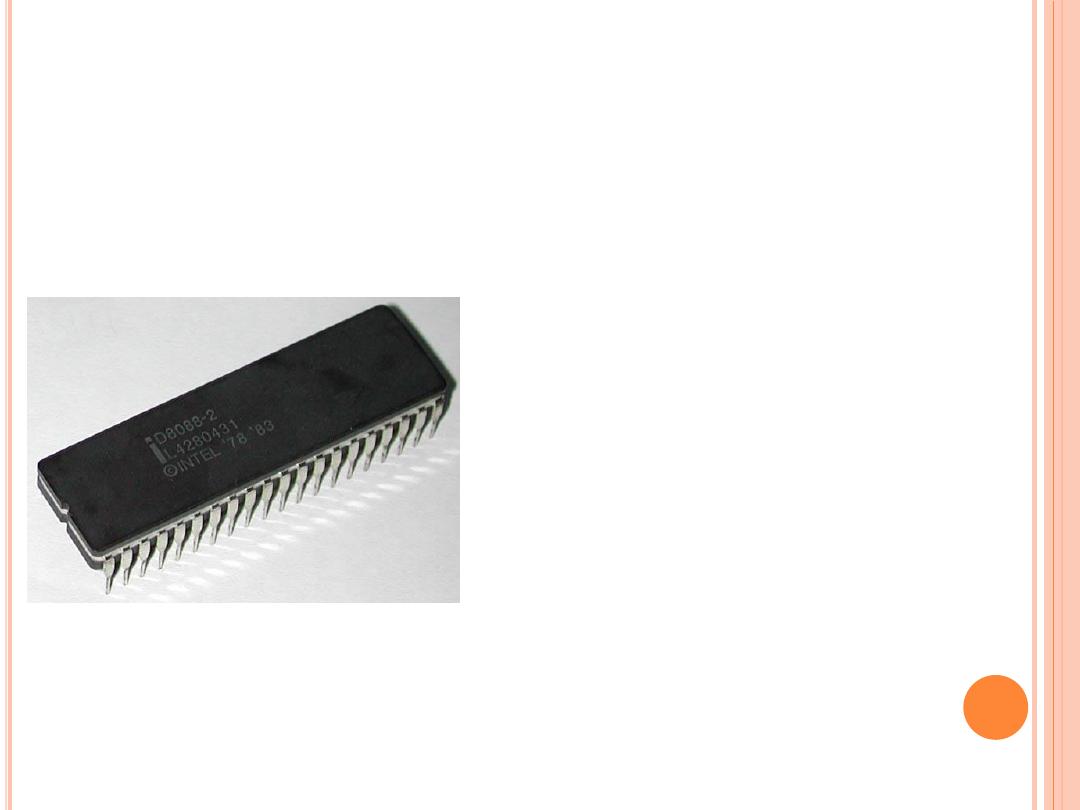
I
NTEL
8088
➢
Introduced in 1979.
➢
It was also 16-bit µP.
➢
It was created as a cheaper
version of Intel’s 8086.
➢
It was a 16-bit processor with
an 8-bit external bus.
➢
Could execute 2.5 million
instructions per second.
➢
This chip became the most
popular in the computer
industry when IBM used it
for its first PC.
13
www.eazynotes.co
m
Gursharan Singh Tatla
mailme@gursharansingh.in
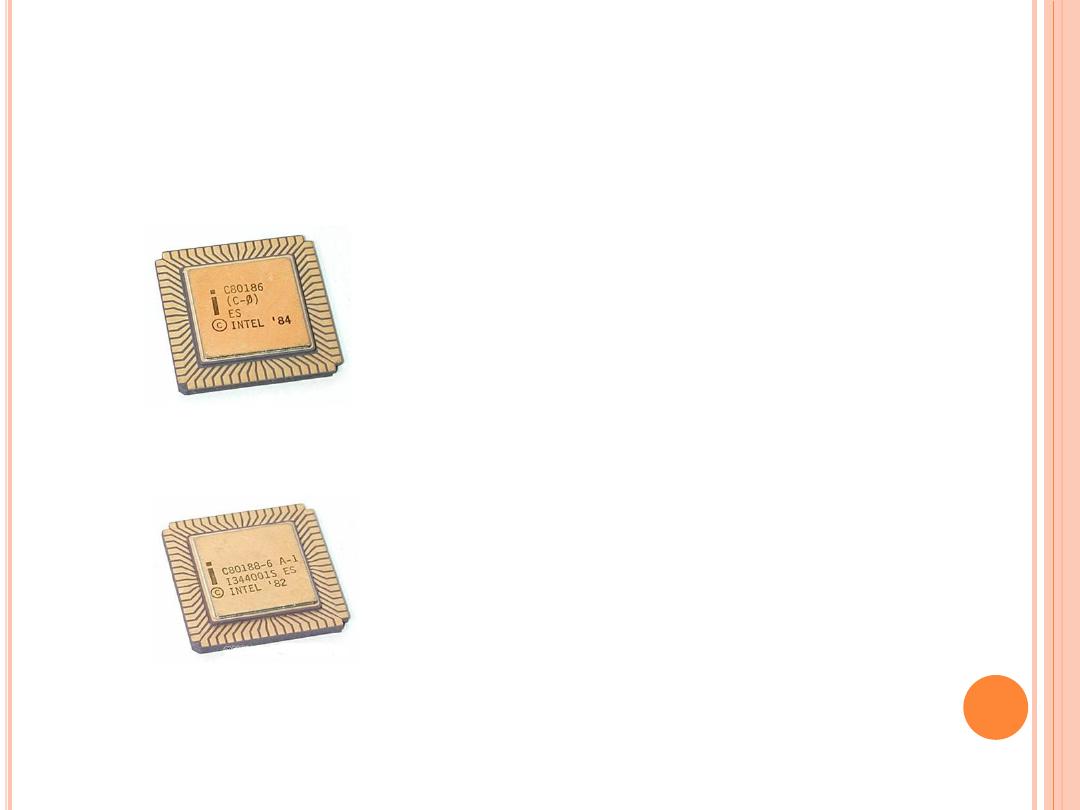
I
NTEL
80186 & 80188
➢
Introduced in 1982.
➢
They were 16-bit µPs.
➢
Clock speed was 6 MHz.
➢
80188 was a cheaper
version of 80186 with an 8-
bit external data bus.
➢
They had additional
components like:
➢
Interrupt Controller
➢
Clock Generator
➢
Local Bus Controller
➢
Counters
14
www.eazynotes.co
m
Gursharan Singh Tatla
mailme@gursharansingh.in
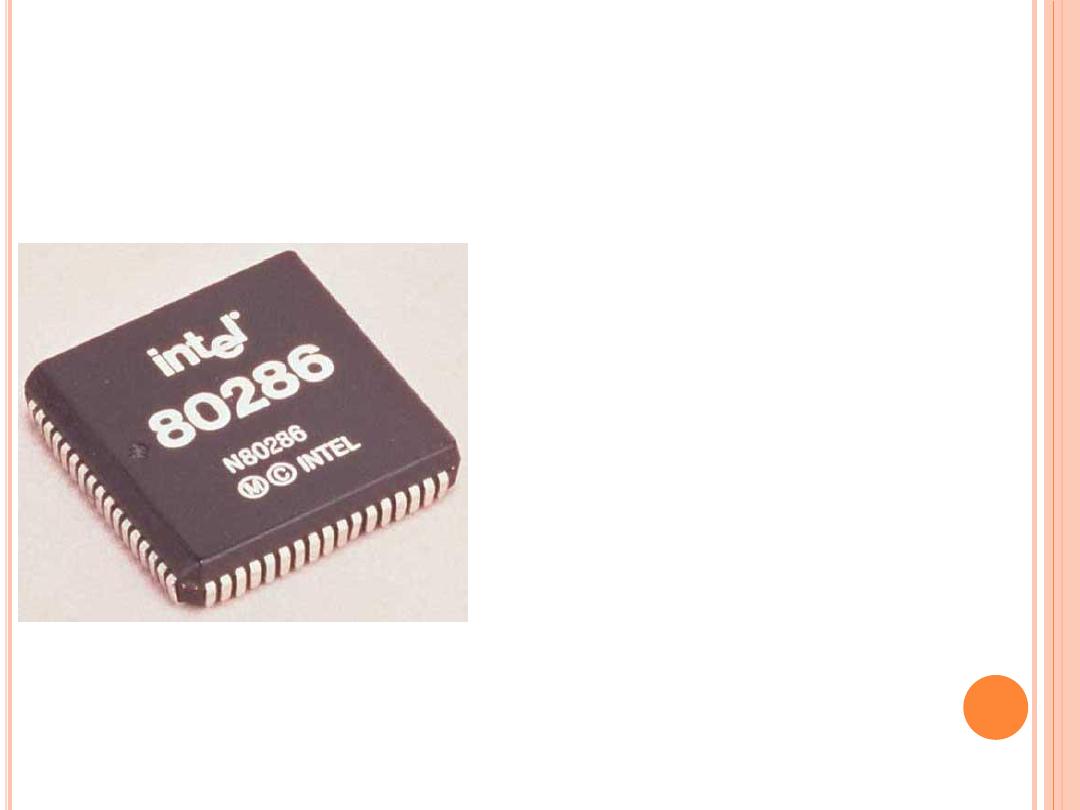
I
NTEL
80286
➢
Introduced in 1982.
➢
It was 16-bit µP.
➢
Its clock speed was 8 MHz.
➢
Its data bus is 16-bit and
address bus is 24-bit.
➢
It could address 16 MB of
memory.
➢
It had 1,34,000
transistors.
➢
It could execute 4 million
instructions per second.
15
www.eazynotes.co
m
Gursharan Singh Tatla
mailme@gursharansingh.in

32-
BIT
M
ICROPROCESSORS
16
Gursharan Singh Tatla
mailme@gursharansingh.in
www.eazynotes.co
m

I
NTEL
80386
➢
Introduced in 1986.
➢
It was first 32-bit µP.
➢
Its data bus is 32-bit and
address bus is 32-bit.
➢
It could address 4 GB of
memory.
➢
It had 2,75,000 transistors.
➢
Its clock speed varied from 16
MHz to 33 MHz depending
upon the various versions.
➢
Different versions:
➢
80386 DX
➢
80386 SX
➢
80386 SL
➢
Intel 80386 became the best
selling microprocessor in
history.
17
www.eazynotes.co
m
Gursharan Singh Tatla
mailme@gursharansingh.in

I
NTEL
80486
➢
Introduced in 1989.
➢
It was also 32-bit µP.
➢
It had 1.2 million transistors.
➢
Its clock speed varied from 16
MHz to 100 MHz depending
upon the various versions.
➢
It had five different versions:
➢
80486 DX
➢
80486 SX
➢
80486 DX2
➢
80486 SL
➢
80486 DX4
➢
8 KB of cache memory was
introduced.
18
www.eazynotes.co
m
Gursharan Singh Tatla
mailme@gursharansingh.in
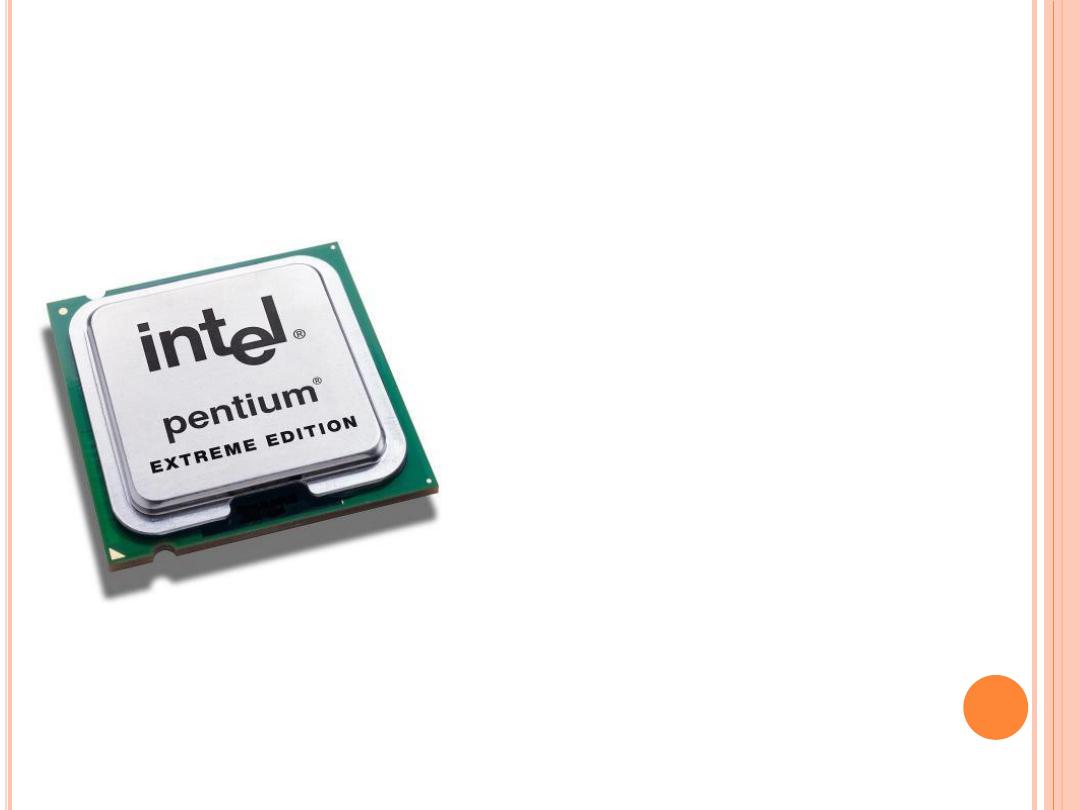
I
NTEL
P
ENTIUM
➢
Introduced in 1993.
➢
It was also 32-bit µP.
➢
It was originally named 80586.
➢
Its clock speed was 66 MHz.
➢
Its data bus is 32-bit and
address bus is 32-bit.
➢
It could address 4 GB of
memory.
➢
Could execute 110 million
instructions per second.
➢
Cache memory:
➢
8 KB for instructions.
➢
8 KB for data.
19
www.eazynotes.co
m
Gursharan Singh Tatla
mailme@gursharansingh.in
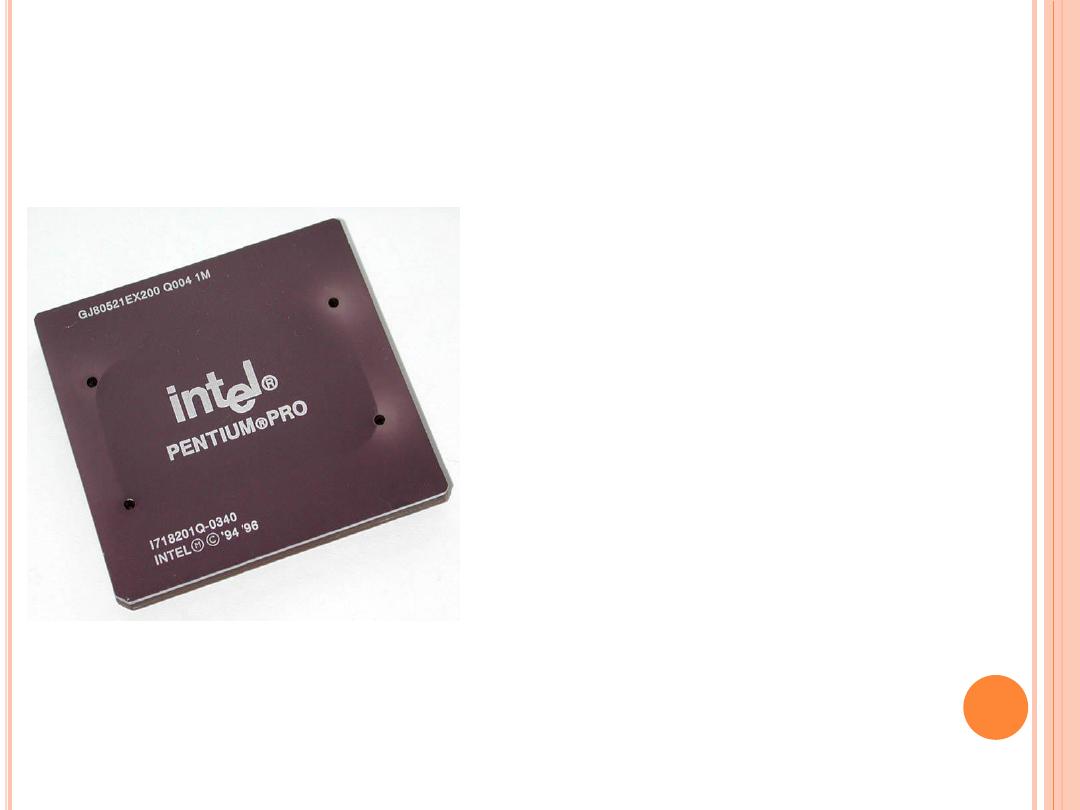
I
NTEL
P
ENTIUM
P
RO
➢
Introduced in 1995.
➢
It was also 32-bit µP.
➢
It had L2 cache of 256 KB.
➢
It had 21 million
transistors.
➢
It was primarily used in
server systems.
➢
Cache memory:
➢
8 KB for instructions.
➢
8 KB for data.
➢
It had L2 cache of 256 KB.
20
www.eazynotes.co
m
Gursharan Singh Tatla
mailme@gursharansingh.in
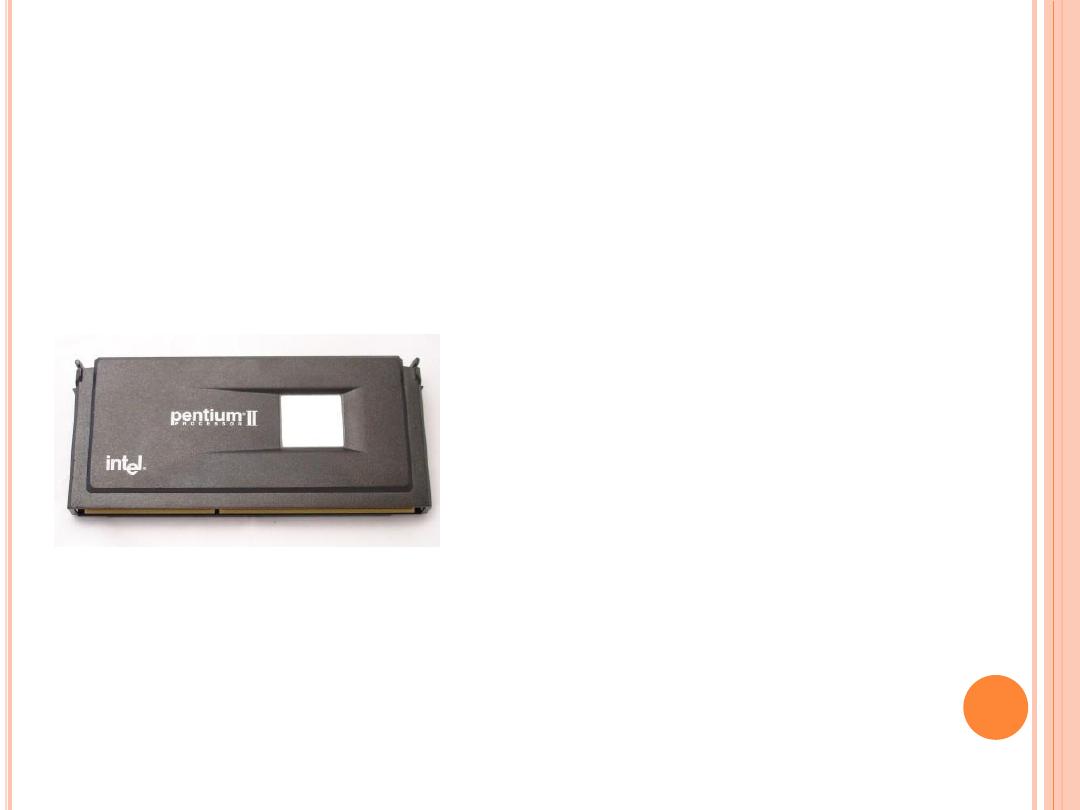
I
NTEL
P
ENTIUM
II
➢
Introduced in 1997.
➢
It was also 32-bit µP.
➢
Its clock speed was 233
MHz to 500 MHz.
➢
Could execute 333
million instructions per
second.
➢
MMX technology was
supported.
➢
L2 cache & processor
were on one circuit.
21
www.eazynotes.co
m
Gursharan Singh Tatla
mailme@gursharansingh.in
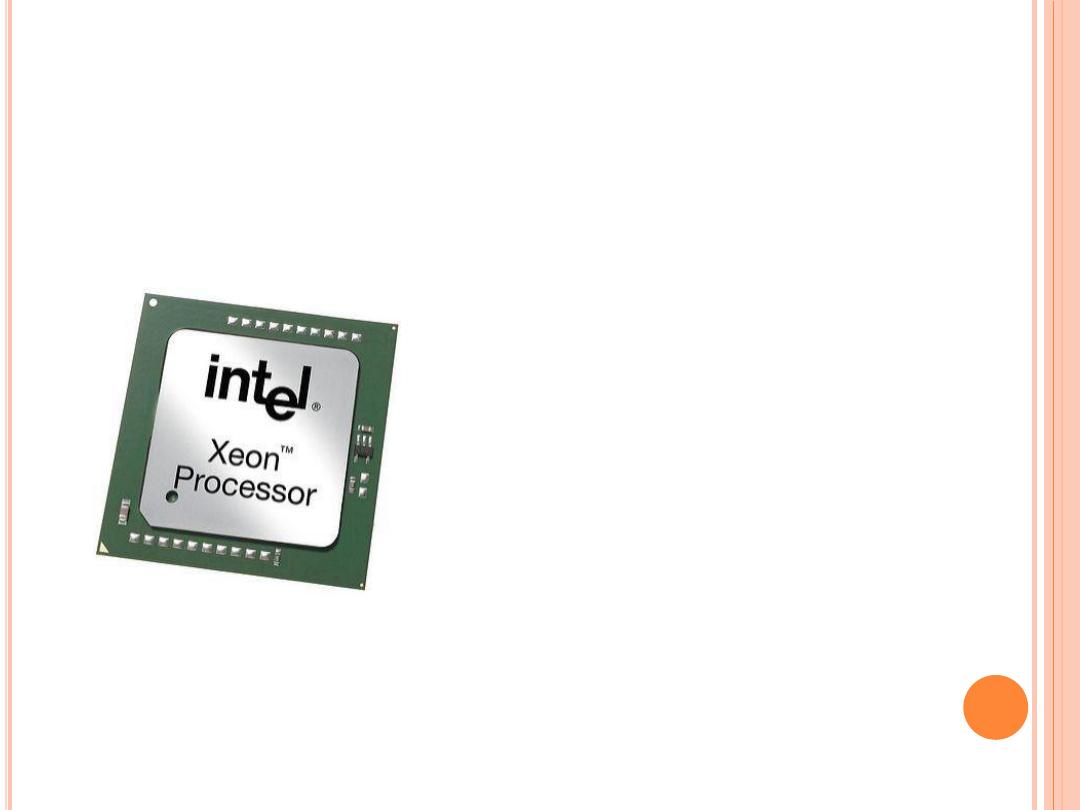
I
NTEL
P
ENTIUM
II X
EON
➢
Introduced in 1998.
➢
It was also 32-bit µP.
➢
It was designed for
servers.
➢
Its clock speed was 400
MHz to 450 MHz.
➢
L1 cache of 32 KB & L2
cache of 512 KB, 1MB or 2
MB.
➢
It could work with 4 Xeons
in same system.
22
www.eazynotes.co
m
Gursharan Singh Tatla
mailme@gursharansingh.in
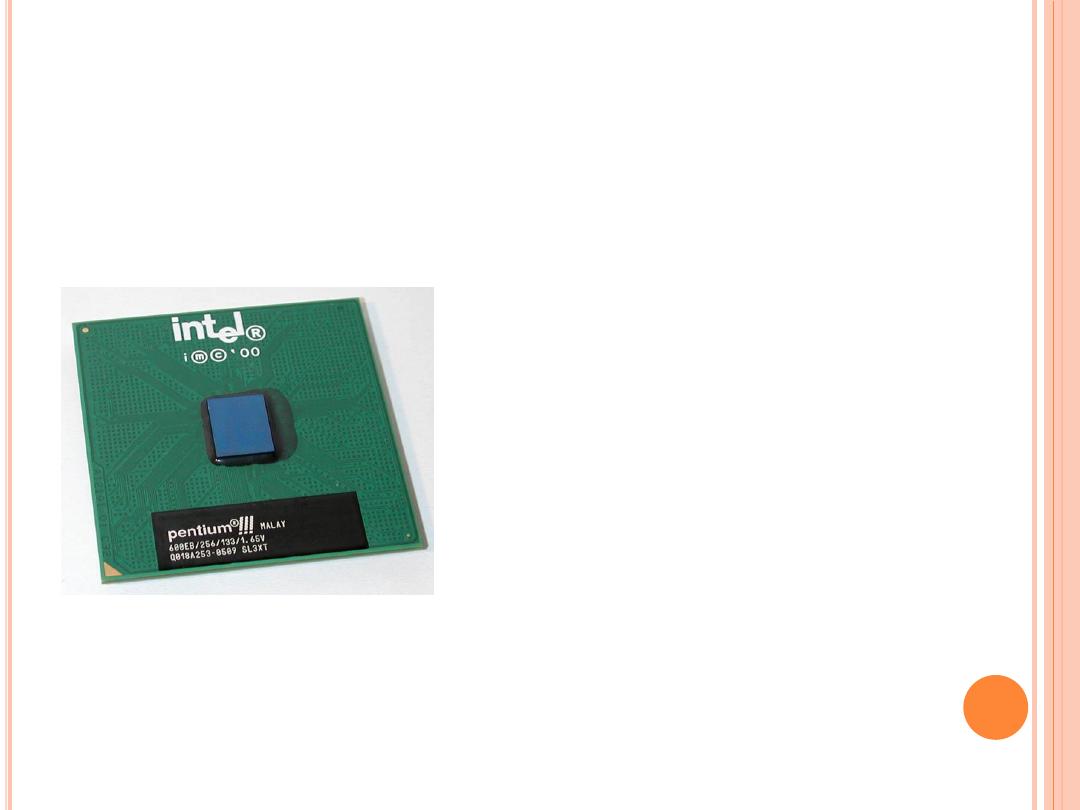
I
NTEL
P
ENTIUM
III
➢
Introduced in 1999.
➢
It was also 32-bit µP.
➢
Its clock speed varied
from 500 MHz to 1.4
GHz.
➢
It had 9.5 million
transistors.
23
www.eazynotes.co
m
Gursharan Singh Tatla
mailme@gursharansingh.in
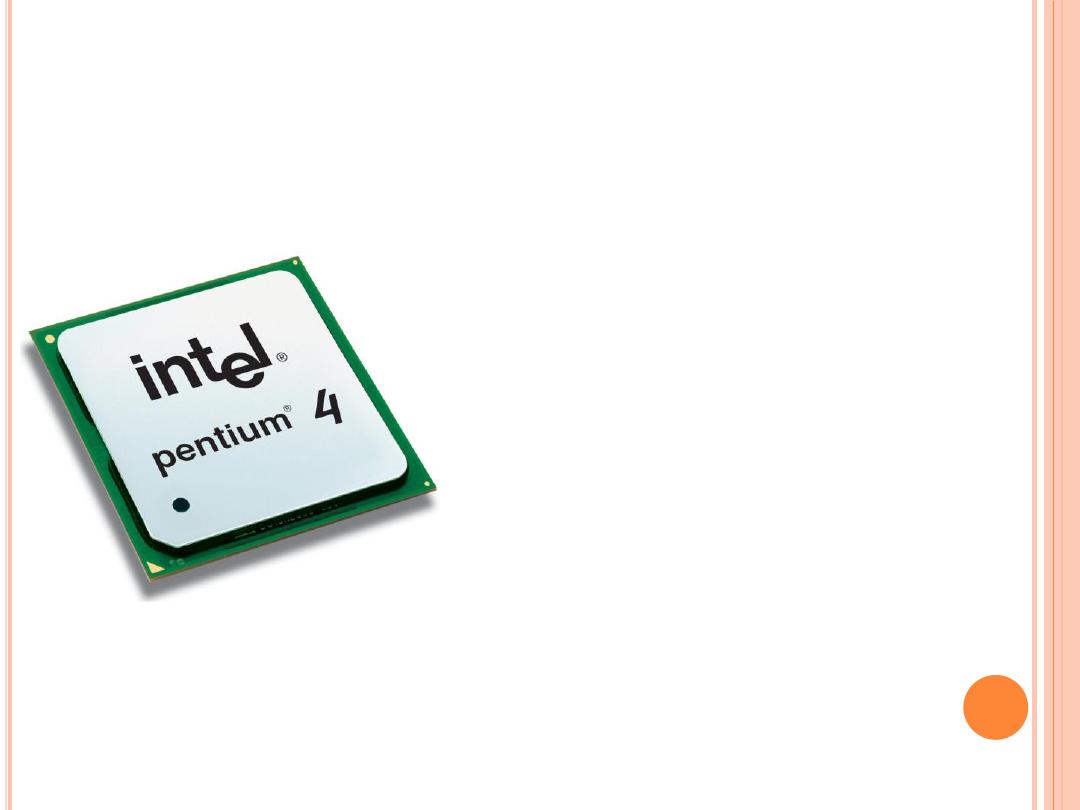
I
NTEL
P
ENTIUM
IV
➢
Introduced in 2000.
➢
It was also 32-bit µP.
➢
Its clock speed was from
1.3 GHz to 3.8 GHz.
➢
L1 cache was of 32 KB &
L2 cache of 256 KB.
➢
It had 42 million
transistors.
➢
All internal connections
were made from
aluminium to copper.
24
www.eazynotes.co
m
Gursharan Singh Tatla
mailme@gursharansingh.in
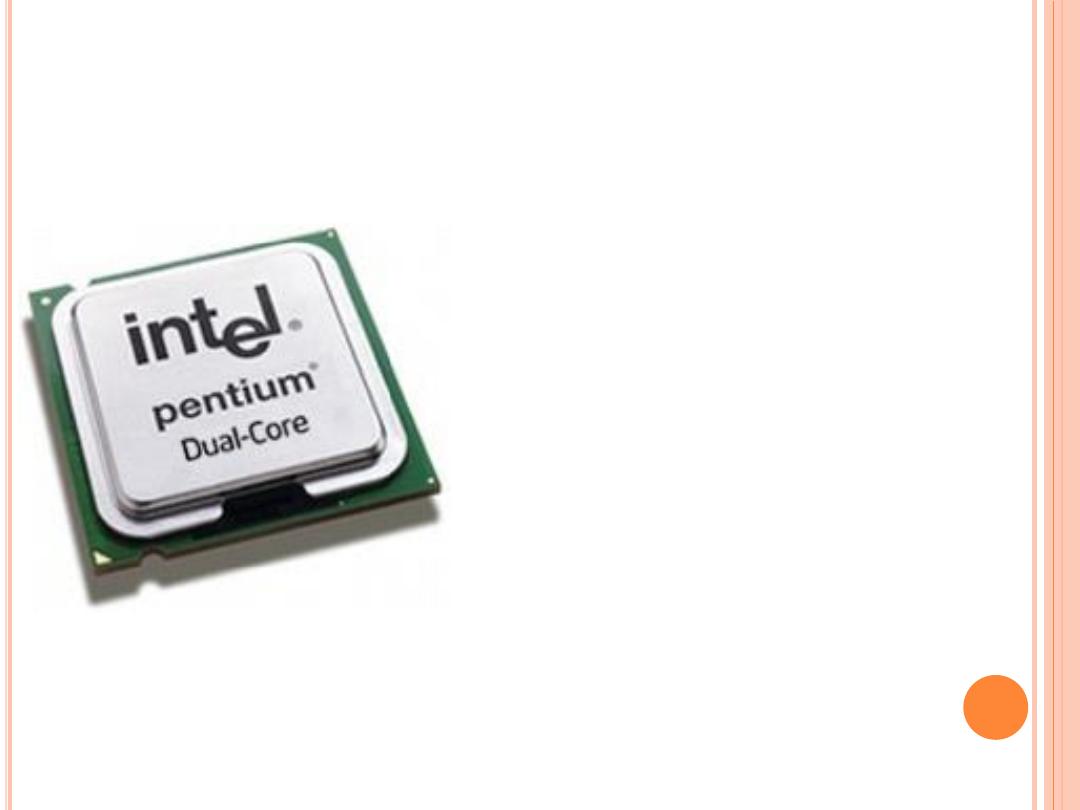
I
NTEL
D
UAL
C
ORE
➢
Introduced in 2006.
➢
It is 32-bit or 64-bit µP.
➢
It has two cores.
➢
Both the cores have there
own internal bus and L1
cache, but share the
external bus and L2 cache
(Next Slide).
➢
It supported SMT
technology.
➢
SMT: Simultaneously
Multi-Threading
➢
E.g.: Adobe Photoshop
supported SMT.
25
www.eazynotes.co
m
Gursharan Singh Tatla
mailme@gursharansingh.in
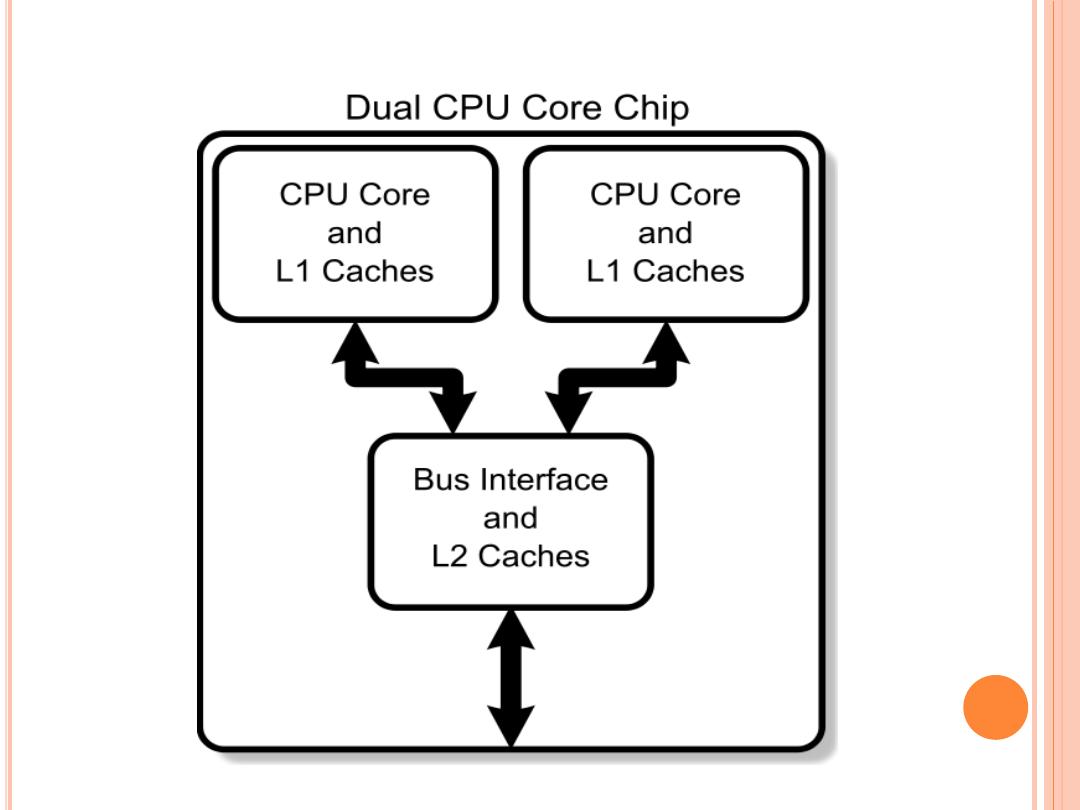
26
www.eazynotes.co
m
Gursharan Singh Tatla
mailme@gursharansingh.in

64-
BIT
M
ICROPROCESSORS
27
www.eazynotes.co
m
Gursharan Singh Tatla
mailme@gursharansingh.in
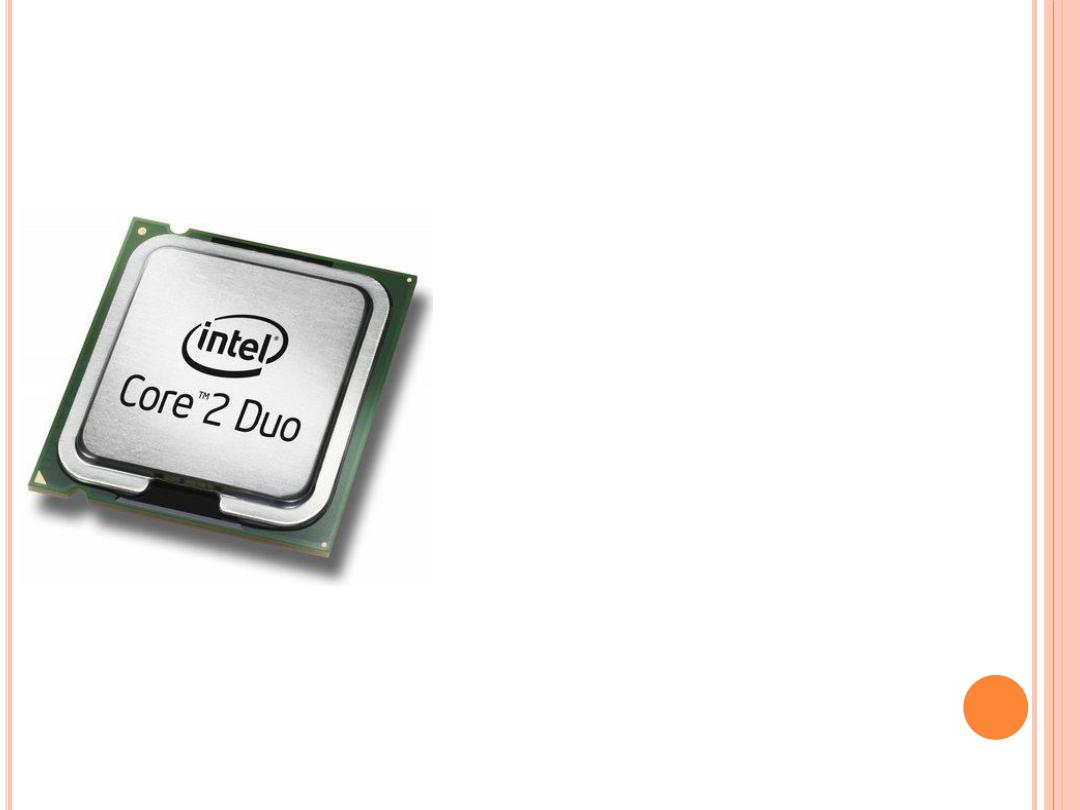
I
NTEL
C
ORE
2
➢
Introduced in 2006.
➢
It is a 64-bit µP.
➢
Its clock speed is from 1.2
GHz to 3 GHz.
➢
It has 291 million transistors.
➢
It has 64 KB of L1 cache per
core and 4 MB of L2 cache.
➢
It is launched in three
different versions:
➢
Intel Core 2 Duo
➢
Intel Core 2 Quad
➢
Intel Core 2 Extreme
28
www.eazynotes.co
m
Gursharan Singh Tatla
mailme@gursharansingh.in
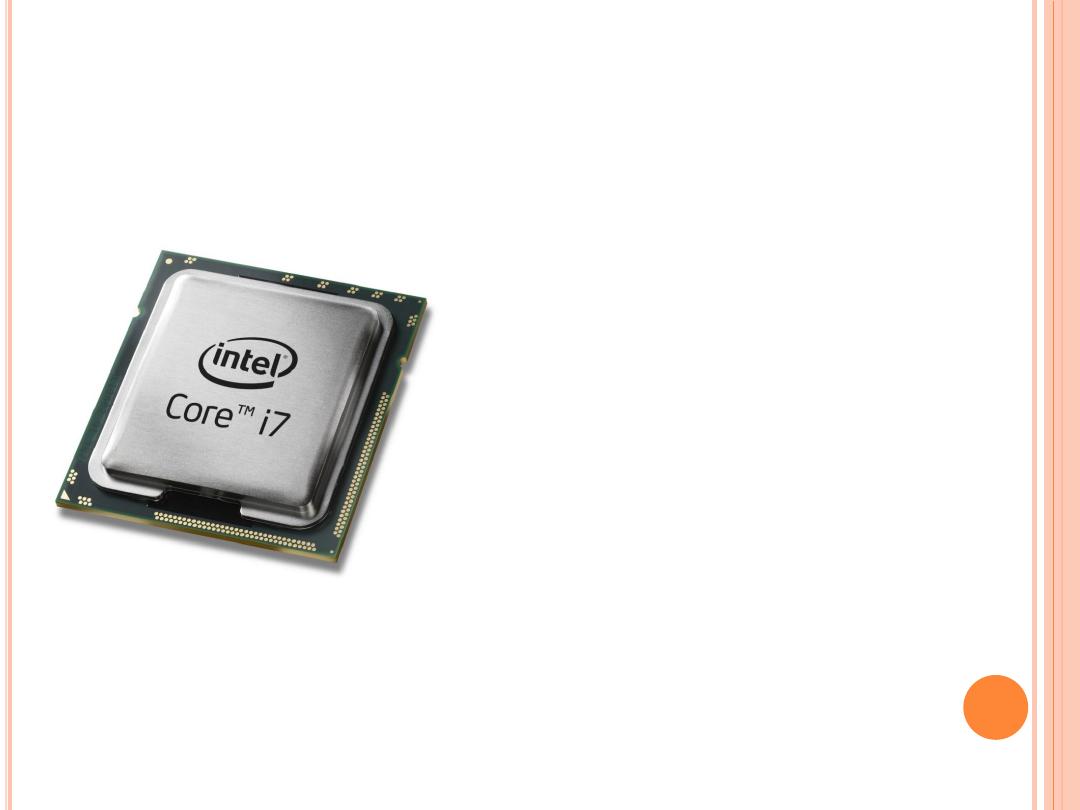
I
NTEL
C
ORE I
7
➢
Introduced in 2008.
➢
It is a 64-bit µP.
➢
It has 4 physical cores.
➢
Its clock speed is from 2.66
GHz to 3.33 GHz.
➢
It has 781 million
transistors.
➢
It has 64 KB of L1 cache
per core, 256 KB of L2
cache and 8 MB of L3
cache.
29
www.eazynotes.co
m
Gursharan Singh Tatla
mailme@gursharansingh.in

I
NTEL
C
ORE I
5
➢
Introduced in 2009.
➢
It is a 64-bit µP.
➢
It has 4 physical cores.
➢
Its clock speed is from 2.40
GHz to 3.60 GHz.
➢
It has 781 million
transistors.
➢
It has 64 KB of L1 cache
per core, 256 KB of L2
cache and 8 MB of L3
cache.
30
www.eazynotes.co
m
Gursharan Singh Tatla
mailme@gursharansingh.in

I
NTEL
C
ORE I
3
➢
Introduced in 2010.
➢
It is a 64-bit µP.
➢
It has 2 physical cores.
➢
Its clock speed is from 2.93
GHz to 3.33 GHz.
➢
It has 781 million
transistors.
➢
It has 64 KB of L1 cache
per core, 512 KB of L2
cache and 4 MB of L3
cache.
31
www.eazynotes.co
m
Gursharan Singh Tatla
mailme@gursharansingh.in

32
www.eazynotes.co
m
Gursharan Singh Tatla
mailme@gursharansingh.in
